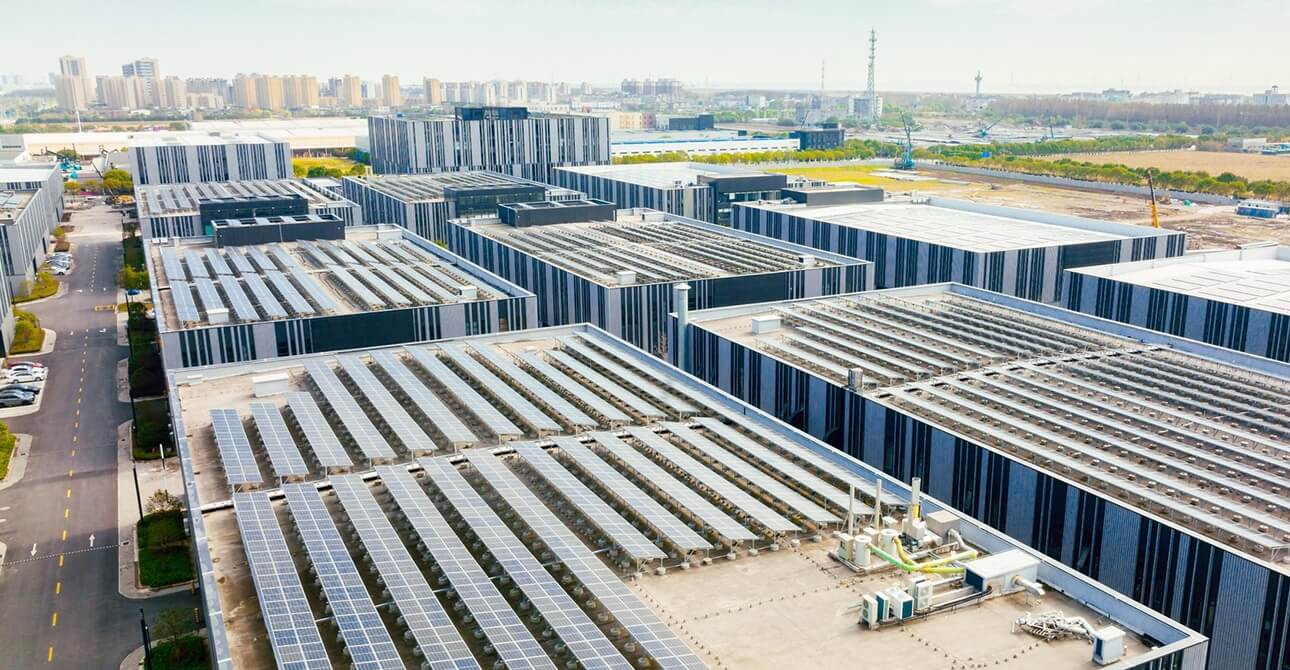Diese Website verwendet Cookies, um die Funktionsfähigkeit der Website sicherstellen zu können. Zudem können wir mit Ihrer Einwilligung über Cookies Informationen über die Nutzung dieser Website sammeln, um unsere Website zu verbessern und Ihnen relevante Inhalte anzuzeigen. Außerdem geben wir Informationen zu Ihrer Verwendung unserer Website an unsere Partner für soziale Medien, Werbung und Analysen weiter. Unsere Partner führen diese Informationen möglicherweise mit weiteren Daten zusammen, die Sie ihnen bereitgestellt haben oder die sie im Rahmen Ihrer Nutzung der Dienste gesammelt haben. Dabei kann auch eine Verarbeitung in Drittländern, wie z.B. der USA, erfolgen. Mit Klick auf „Einverstanden“ stimmen Sie der Verwendung aller Cookies zu. Unter "Einstellungen " können Sie jeder Zeit Ihre Cookie Präferenzen individuell verwalten. Unsere Datenschutzerklärung
Die erforderlichen oder technisch notwendigen Cookies sind für die grundlegenden Funktionen der Website erforderlich und ermöglichen es uns, den Service, den wir Ihnen über unsere Websites anbieten, zu verbessern, z.B. indem wir es Ihnen ermöglichen, Informationen über Seiten unserer Website zu tragen, um zu vermeiden, dass Sie Informationen erneut eingeben müssen, oder indem wir Ihre Präferenzen erkennen, wenn Sie zu unserer Website zurückkehren. Weitergehende Informationen dazu finden Sie in unserer Datenschutzerklärung
Mit diesem Cookie kann die Reichweit unseres eigenen Angebots gemessen werden. Das Cookie ermöglicht es uns unter anderem zu verfolgen, welche Website vor dem Zugriff auf unsere Website besucht und wie unsere Website genutzt wurde. Diese Daten verwenden wir unter anderem zur Optimierung unserer Website durch Auswertung der von uns durchgeführten Kampagnen. Weitergehende Informationen dazu finden Sie in unserer Datenschutzerklärung
Weitergehende Informationen dazu finden Sie in unserer Datenschutzerklärung


